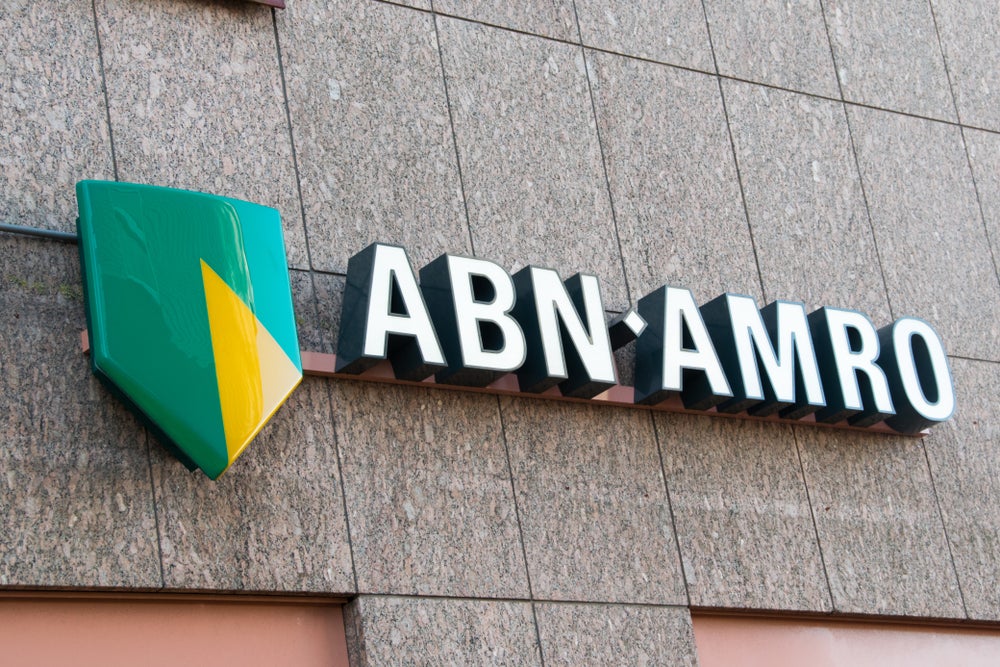
Since leasing’s earliest days, access to usage without the burden of ownership has always been a major selling point for the asset finance industry. Lorenzo Migliorato looks at whether the usership model has the potential to become the new normal.
Lessors were pioneering the concept of ‘servitisation’ and ‘anything as a service’ before the two phrases were even coined, or before the idea piqued the interest of government entities such as the EU, enticed by its circularity and sustainability potential.
What started as a strictly B2B offering has subsequently been optimised for B2C as well – think car leasing, or mobile phone and software subscriptions – with the result that some are now predicting that ‘X as a service’ (XaaS) will increasingly become the normal way to acquire assets of any kind.
“We hear a lot of enthusiasm when we talk about it,” says Bas van der Giessen, director at LedLease, a Netherlands-based company that provides lighting as a service for businesses.
“Of course, most companies have some experience with [the concept], because they normally do not manage their own canteen or security: they usually outsource that stuff. People like the idea that they will not have to bother about these non-core-business things.”
There are multiple factors driving customers to XaaS, adds Berno Kleinherenbrink, senior vice-president for commercial at LeasePlan. One is, of course, the convenience of delegating all the costs incidental to ownership to a third party. Another is the reassuring clarity that a service agreement gives, in that the business knows precisely what the costs involved are going to be.
How well do you really know your competitors?
Access the most comprehensive Company Profiles on the market, powered by GlobalData. Save hours of research. Gain competitive edge.

Thank you!
Your download email will arrive shortly
Not ready to buy yet? Download a free sample
We are confident about the unique quality of our Company Profiles. However, we want you to make the most beneficial decision for your business, so we offer a free sample that you can download by submitting the below form
By GlobalData“If you have a clear agreement, you will not have any surprises like unanticipated costs, or depreciation of the asset’s value,” Kleinherenbrink says.
Thirdly, the status conferred by ownership of assets has finally started to vacillate, meaning customers increasingly do not feel that they are in a more precarious position if they are renting or leasing something, rather than owning it.
However, not all business customers are fully sold on the ‘as a service’ mentality. Van der Giessen says that sometimes, despite initial enthusiasm, clients will end up buying the lamps from LedLease, and then arrange for servicing only.
Additionally, the interest rates that a service contract inevitably contains to compensate for diminished upfront revenue are not something that all business owners can swallow.
Convenient proposition?
Generally, the product as a service sounds like a convenient proposition for end users. However, does that hold true for all players in the supply chain? Although for leasing companies, XaaS is arguably the ultimate evolution of their core business offer, making it a manufacturer’s core business model is ripe with difficulties.
KPIs in OEMs are still very much connected on sales, explains Van der Giessen. If a manufacturer decides to suddenly shift to the XaaS model, the inevitable redistribution of revenues across a longer period would look like a loss in the eyes of shareholders.
Manufacturers’ cosiness with the make-use-dispose model has implications for the serviced contracts that lessors can offer as well. “The more long-term-oriented their [OEM’s] innovation strategy is, the more it facilitates lifecycle management, because one would expect the designers and marketers to think of an asset’s second- and third-life market,” explains Frits Engelaer, vice-president, servitisation, at DLL. “The higher the residual value, the cheaper the XaaS solution becomes.”
Some lessors have obviated the problem of sourcing servitisation-viable assets by designing products to their specifications. LedLease designs its lamps itself, with the manufacturer proper only playing the role of assembler.
However, such a solution only works when a lessor operates in one asset class that requires minimal sophistication. For everything else, lessors still have to rely on equipment designed with wear and tear and technical obsolescence in mind.
“That is the biggest trap of the XaaS model,” says Engelaer. “In a perfect world, you would see manufacturers redesign their equipment the moment they start contracting hardware as a service. But for the majority of OEMs, XaaS and rental business models are no bigger than 10-15% of their P&L. The majority of their business models are still primarily driven by hardware sales – maybe with ancillary service products, but still a sale.”
The divergent interests of manufacturers and lessors are just one of the complexities of getting all XaaS supply chain players on the same page.
The number of companies involved in supplying a product as a service means that the risk of disputes arising – at any point in the chain, and not just between end user and lessor – increases dramatically compared to more established leasing models.
Bundled services
In the traditional leasing world, when resellers, dealers or OEMs bundled in services on top of the leased asset, those services would usually be provided by the same organisation, or a trusted partner. In the servitised world, that has radically changed.
“What you see nowadays, with servitisation, is that more and more of these contracts are actually becoming an ecosystem of different service suppliers,” says Engelaer. “That means there is one orchestrator of the service offering, which in their back-office capacity sub-contracts or purchases several third-party service elements.”
He adds that just as a chain is only as strong as a weakest link, a service contract’s performance is only as strong as its weakest partner. “You cannot really predict in the beginning, as the orchestrator, if everyone in your ecosystem is there for the long run, or if they will still be there four to five years later.
“A lot of players refrain from offering or funding services or managed contracts, as they are not really sure how a dispute around the service offering will be treated in court,” Engelaer adds.
“The ones that do offer them, actually limit the portfolio that they build up in every jurisdiction, because if a certain court were to come to a ruling – one that jeopardises the language in a particular agreement – it would put the entire portfolio at risk.”
The result, he adds, is that in-house lawyers are instructed to tune down service contracts and transform them into bundled leases where possible, so they are backed by proven case law. And even if a dispute does arise over a service contract, it often only gets as far as a second hearing before the parties settle the case behind closed doors – which prevents a case law body from forming.
The legal challenges involved in XaaS have a dire effect on market offers: since few players – either on the lessors’ or customers’ side – have the budget to hire a legal team to look into a prospective contract and make sure it is dispute-proof, XaaS is still too risky for smaller lessors, and unaffordable for most SMEs.
“You do not see the bigger players counting the hours [in the contract], or the cost of their lawyers and their procurement officers,” says Engelaer, who adds that bigger companies have the opportunity to play a role in creating a more transparent legislative environment for service contracts.
“The bigger lessors, like DLL and some captives, could play a role by pushing more and more of these service disputes to reach a court ruling, so that we at least make it transparent which type of language holds up in a given court and which does not,” he adds.
Ultimately, a working XaaS offer depends not just on suppliers’ capacity to provide ever-more-comprehensive bundles at contained prices, but more widely on all parties involved in abiding by the the contract.
Knowing from the start what kind of customer will use a service contract fairly, and which will abuse it, is a skill set that is essential to XaaS providers.
“Every person in the value chain should take maximum responsibility for those things that they can influence; that is the basic philosophy,” says Van der Giessen. For LedLease, that means the company should take responsibility for the longevity and energy efficiency of the lamps, while customers should be prepared to pay a premium if they want flexibility over those factors that LedLease cannot control – for example, how often the lights are actually on.
“It would be fairer if the user were to take financial responsibility for how much they want to use the light, and not put that responsibility on us, who have no way to influence that,” Van der Giessen says.
“If you keep that as a basic philosophy, [you put] responsibility in the place along the value chain where it can be influenced the most, with those companies that have most expertise in that particular area.”







